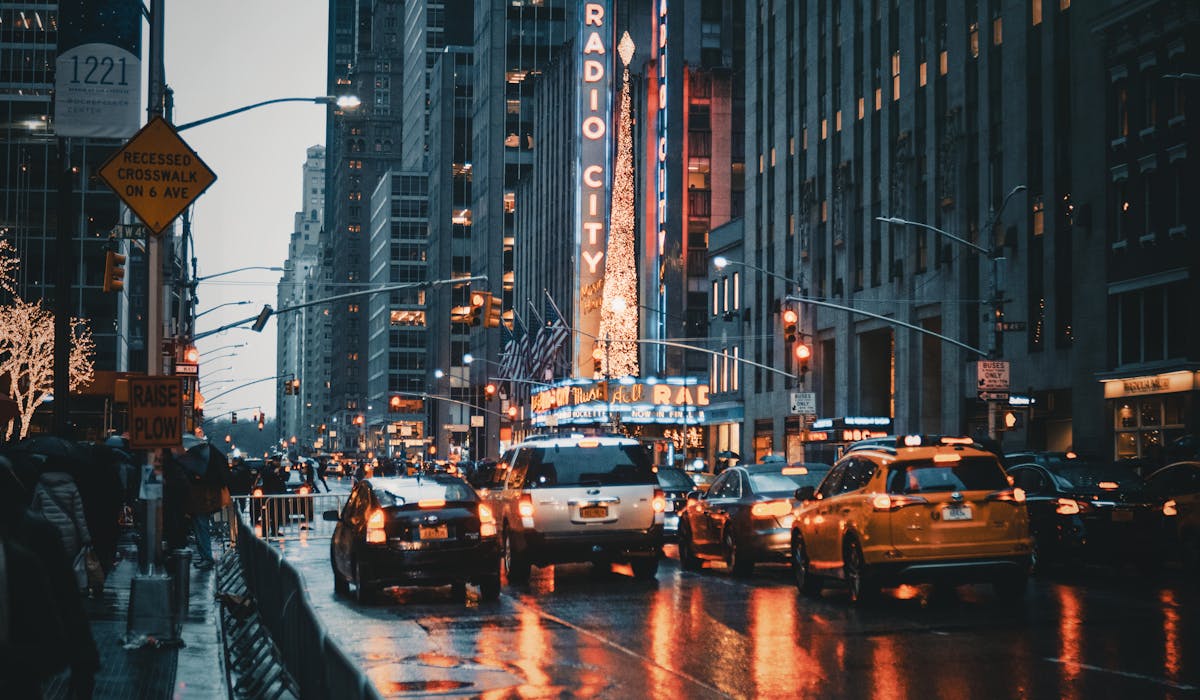The 25-Second Trick For Framing Streets
The 25-Second Trick For Framing Streets
Blog Article
The Single Strategy To Use For Framing Streets
Table of ContentsFraming Streets Things To Know Before You BuyUnknown Facts About Framing StreetsThe Best Strategy To Use For Framing StreetsThe 8-Minute Rule for Framing StreetsEverything about Framing StreetsThe Of Framing Streets
, usually with the purpose of capturing photos at a decisive or touching minute by careful framework and timing. https://framing-streets.creator-spring.com/.
Some Known Factual Statements About Framing Streets
Susan Sontag, 1977 Street digital photography can focus on individuals and their behavior in public. In this respect, the road professional photographer resembles social docudrama professional photographers or photographers who likewise operate in public areas, yet with the purpose of capturing relevant occasions. Any of these digital photographers' pictures may record individuals and residential or commercial property visible within or from public locations, which usually entails navigating ethical problems and legislations of privacy, safety, and building.
Depictions of everyday public life develop a genre in almost every duration of world art, starting in the pre-historic, Sumerian, Egyptian and early Buddhist art periods. Art managing the life of the road, whether within views of cityscapes, or as the leading theme, appears in the West in the canon of the North Renaissance, Baroque, Rococo, of Romanticism, Realism, Impressionism and Post-Impressionism.
The Basic Principles Of Framing Streets
Louis Daguerre: "Boulevard du Holy place" (1838 or 1839) In 1838 or 1839 the initial picture of numbers in the street was taped by Louis-Jacques-Mand Daguerre in one of a pair of daguerreotype views taken from his studio window of the Blvd du Holy place in Paris. The second, made at the elevation of the day, shows an uninhabited stretch of street, while the various other was taken at about 8:00 am, have a peek at this website and as Beaumont Newhall records, "The Boulevard, so constantly loaded with a moving bunch of pedestrians and carriages was completely singular, except a person who was having his boots cleaned.
, who was inspired to take on a comparable paperwork of New York City. As the city developed, Atget helped to advertise Parisian roads as a worthwhile subject for photography.

Framing Streets Fundamentals Explained
The principal Mass-Observationists were anthropologist Tom Harrisson in Bolton and poet Charles Madge in London, and their first record was created as the publication "May the Twelfth: Mass-Observation Day-Surveys 1937 by over two hundred viewers" [] Home window cleaner at Kottbusser Tor, Berlin, by Elsa Thiemann c. 1946 The post-war French Humanist College digital photographers found their subjects on the street or in the restaurant. Andre Kertesz.'s widely appreciated Images la Sauvette (1952) (the English-language version was labelled The Crucial Minute) promoted the idea of taking a picture at what he termed the "crucial minute"; "when kind and web content, vision and make-up combined right into a transcendent whole" - vivian maier.
The Of Framing Streets
The recording maker was 'a hidden cam', a 35 mm Contax concealed under his coat, that was 'strapped to the upper body and connected to a long wire strung down the appropriate sleeve'. Nevertheless, his job had little contemporary influence as because of Evans' sensitivities about the originality of his task and the privacy of his topics, it was not released until 1966, in guide Lots of Are Called, with an intro composed by James Agee in 1940.
Helen Levitt, then an instructor of kids, connected with Evans in 193839. She recorded the temporal chalk drawings - photography presets that belonged to youngsters's street culture in New york city at the time, along with the children who made them. In July 1939, Mo, MA's brand-new digital photography section consisted of Levitt's work in its inaugural eventRobert Frank's 1958 book,, was considerable; raw and usually indistinct, Frank's pictures questioned mainstream photography of the time, "tested all the official regulations put down by Henri Cartier-Bresson and Pedestrian Evans" and "flew in the face of the wholesome pictorialism and genuine photojournalism of American publications like LIFE and Time".
Report this page